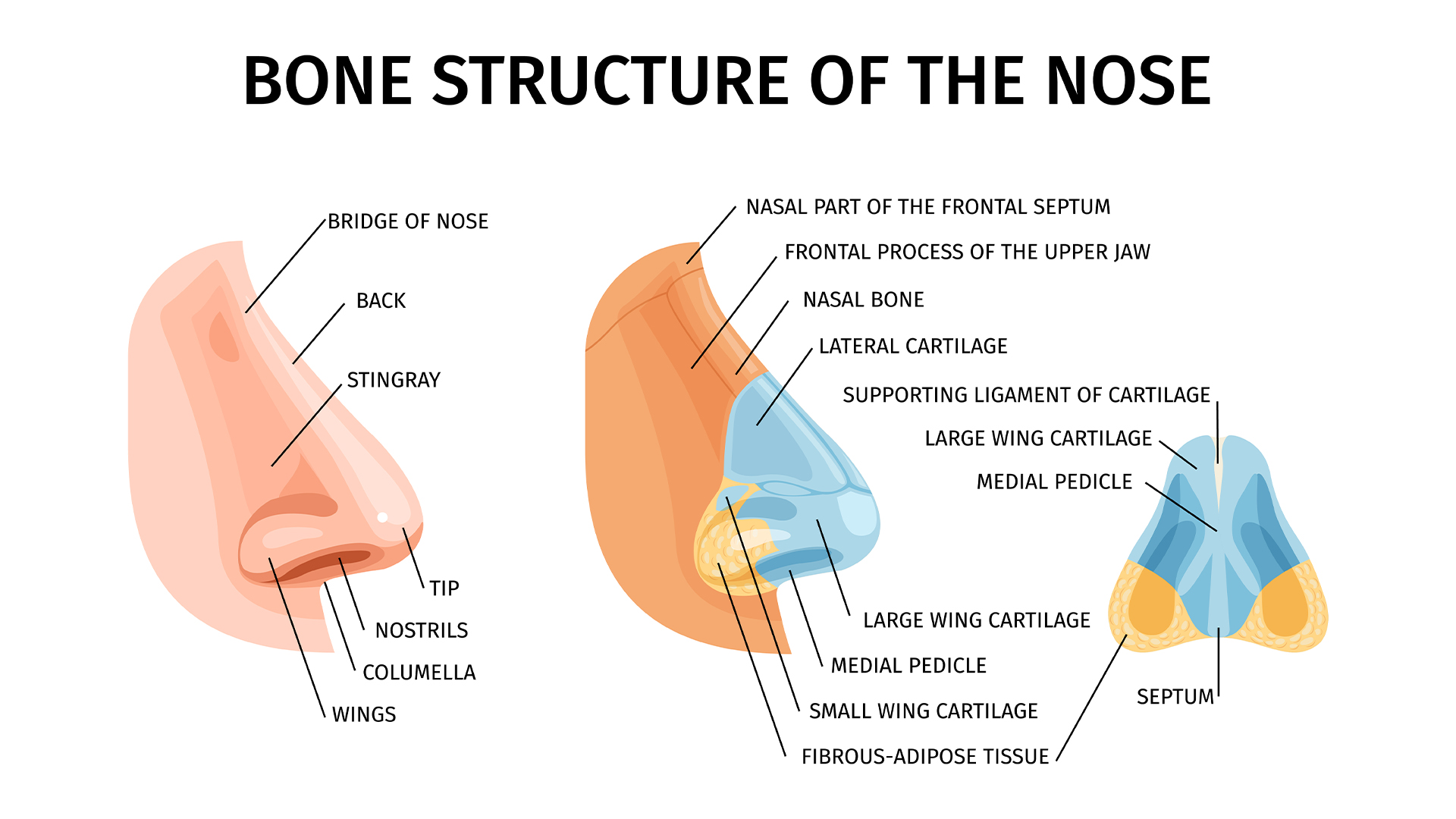Do ears and noses get bigger with age?
Ears and noses do increase in size as we get older, but it's due to how aging affects our tissues, rather than the growth of new tissue.

When we look at old pictures of our grandparents, we often notice how drastically their facial features changed throughout the years. But it's not just that they gained new wrinkles and their cheeks sag a bit — it's that their noses and ears appear to have gotten visibly bigger over time.
But why do ears and noses seem to grow with age?
These facial features do truly increase in size across the life span, but it's not due to their tissues actually growing, as they would in childhood, for instance. Your ears and nose are fully developed by your 20s, Dr. Alan Matarasso, a clinical professor of surgery at the Zucker School of Medicine in Hempstead, New York, and a former president of the American Society of Plastic Surgeons, told Live Science.
After adolescence, most changes to their shape and size can be attributed to the aging process, he said.
Related: Natural rates of aging are fixed, study suggests
The underlying structures of both the ears and nose are made of cartilage, a strong-yet-flexible connective tissue that also cushions your bones and joints. Cartilage is composed of specialized cells called chondrocytes, which are suspended in a gooey matrix and stabilized by a network of structural proteins called collagen and elastin. As we get older, our bodies become less efficient at producing new collagen and elastin fibers, which leads to the weakening and loosening of the entire cartilage structure, Matarasso said.
Moreover, age affects the structure of tissues that surround the cartilage. For example, once-taut facial tissues begin to relax with age, and combined with the effects of gravity, this causes the earlobes to sag and the tip of the nose to droop. This can contribute to the perception of increased nose and ear size, Matarasso said.
Get the world’s most fascinating discoveries delivered straight to your inbox.
In addition, the skin on the nose can get heavier due to higher activity of sebum glands, and this additional weight of the skin can pull the nose further forward, Matarasso explained.
The cartilage scaffolding of the ears and nose may also get looser if the bones they're anchored to lose some of their density. This may be caused by osteoporosis or osteopenia, and the risk of these two degenerative bone diseases rises substantially with age. A decrease in muscle tone in and around the ears and nose that support those cartilage structures also change with age, he said.
However, exactly how much one's nose and ear size will change over the years depends on a number of genetic and environmental factors, Matarasso said.
Facial features are generally a highly heritable trait, and the shape of the nose, in particular, appears to be linked to one's genetic makeup, according to a 2018 review published in the journal Frontiers in Genetics. Additionally, age-related nasal changes seem to be far more common in males than in females, but the reason for this is unclear, according to a 2021 study published in the National Journal of Maxillofacial Surgery.
In terms of environmental factors, there's evidence to suggest that exposure to pollution and the sun can accelerate aging processes in the cartilage, Matarasso told Live Science.
The takeaway? Although our noses and ears seem to swell with age, it's nothing to be concerned about.
This article is for informational purposes only and is not meant to offer medical advice.
Ever wonder why some people build muscle more easily than others or why freckles come out in the sun? Send us your questions about how the human body works to community@livescience.com with the subject line "Health Desk Q," and you may see your question answered on the website!

Anna Gora is a health writer at Live Science, having previously worked across Coach, Fit&Well, T3, TechRadar and Tom's Guide. She is a certified personal trainer, nutritionist and health coach with nearly 10 years of professional experience. Anna holds a Bachelor's degree in Nutrition from the Warsaw University of Life Sciences, a Master’s degree in Nutrition, Physical Activity & Public Health from the University of Bristol, as well as various health coaching certificates. She is passionate about empowering people to live a healthy lifestyle and promoting the benefits of a plant-based diet.



